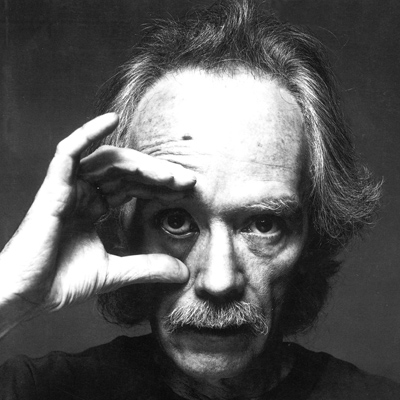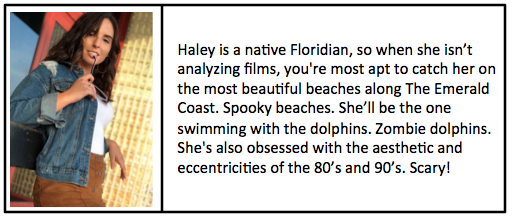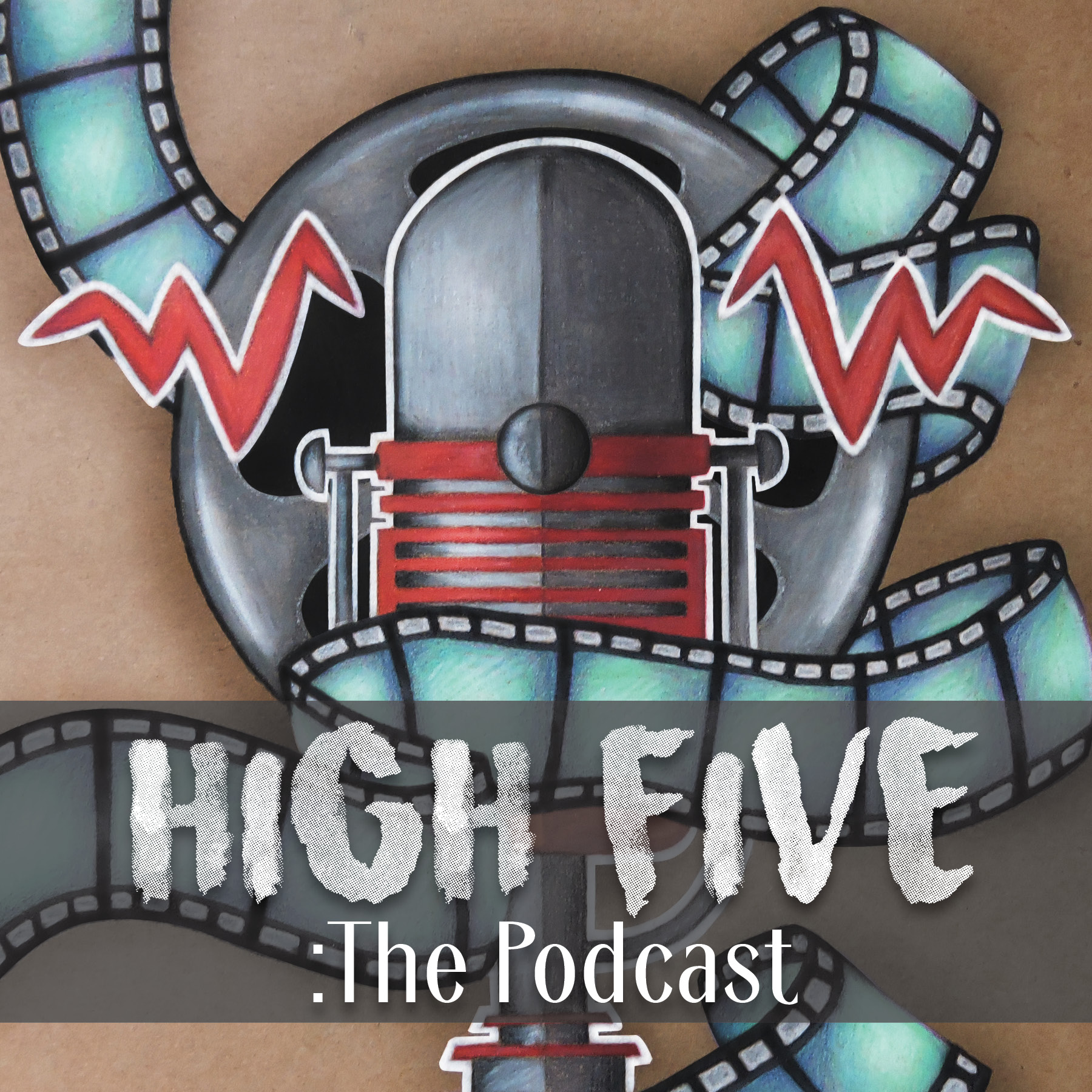Are you into horror films? Like, REALLY into horror films? We call bullshit. No one is more into horror than our mainline to the under-verse, Haley. She breaks down your favorite scary flicks better than you knew possible. Her keen eye catches the scene within the scene and gives her the skills to critique films so you lucky High Fivers can glean a deeper knowledge of the psychology that is unique to the horror genre. Welcome, to the Gates of Haley.
A Quick Examination of Horror Masterminds: John Carpenter
I’m twenty and I don’t know anything. Seriously. I mean, I know some things but, come on, I wish I had the ample knowledge and expensive education so I could just pull factoids out of my ass and I wouldn’t have to scour the internet and the horrific unknown just to tie down some information that may (or may not) be pertinent to anything I have going on. I bounce back and forth from books and movies, analyzing the things I want to know, and making note to search the internet (and library, no discrimination here) for an explanation. Even though I’m young and not seasoned to the “techniques” of the world, one thing I can do, as I’ve found over the years, is “make something out of nothing”. Pretty much, I just find something I’m good at and can make it happen. Lucky for the film world, this is a trait I share with a very popular name in horror: John Carpenter. Known in Hollywood as a jack of all trades, Carpenter has made his mark in the industry by staying influenced by aesthetic, and in turn, inspiring new horror movies.
over the years, is “make something out of nothing”. Pretty much, I just find something I’m good at and can make it happen. Lucky for the film world, this is a trait I share with a very popular name in horror: John Carpenter. Known in Hollywood as a jack of all trades, Carpenter has made his mark in the industry by staying influenced by aesthetic, and in turn, inspiring new horror movies.
Making his name heard in Hollywood was the first order of business for John Carpenter. By his very early twenties, Carpenter already had an Academy Award under his belt for his school project The Resurrection of Bronco Billy, for which he composed the music and co-wrote. While still in school, Carpenter went on to direct, produce, write, and compose the music for his first feature-length film Dark Star (1974), a sci-fi comedy, which is now considered a cult classic. His change to thrillers came in 1976, upon the release of Assault on Precinct 13, which caused a lot of chatter and even earned him kudos from the London Times.
Carpenter’s real big break in the horror world was in 1978. Influenced by the colors and melancholia of Suspiria and the realistic grittiness of The Exorcist, Carpenter released the insanely successful and original  cult-classic Halloween. Taking only two weeks to write the script, Carpenter also managed to execute a lightning fast production and filming process. Carpenter worked with a small crew, and used authentic people and tastes to put together a film that feels very livable, which is what made (and still makes) Halloween a horror favorite to this day. Not only did he set new ideas up for future horror (for example, Friday the 13th) he also used original techniques in shooting and film work, which would prove to be very popular and gave Carpenter his original flair.
cult-classic Halloween. Taking only two weeks to write the script, Carpenter also managed to execute a lightning fast production and filming process. Carpenter worked with a small crew, and used authentic people and tastes to put together a film that feels very livable, which is what made (and still makes) Halloween a horror favorite to this day. Not only did he set new ideas up for future horror (for example, Friday the 13th) he also used original techniques in shooting and film work, which would prove to be very popular and gave Carpenter his original flair.
Following the incredible success of Halloween, Carpenter gained an overwhelming amount of cult followers. Using his talents in creating an eerie atmosphere, two years after the release of Halloween came The Fog. The Fog tells the story of coastal residents fighting for survival after a mysterious fog falls upon their tiny town. Even though this film is generally well-liked and is still a favorite of many, Carpenter had actually been very unpleased with the film after seeing the rough cut. Even to this day, he says it is not one of his favorite films he has done but still calls it a “minor horror classic.” The Fog brought in a cool $21.3 million from the box office.
My personal favorite and most “Carpenter-esque” film came in the year of 1982. Carpenter actually came to the script of The Thing after most of the writers had left and discarded what they had. He said in a later interview that the entire script was a wreck, nothing making sense and the entire idea of the monster had been virtually ignored. After months of writing and revising, The Thing was released to a rapidly declining horror audience and was met by critics very harshly. Two weeks prior, Steven Spielberg’s E.T. had just hit the theatres, the gory and creepy telling of aliens was not popular with most, and Blade Runner came in at #2 the same week. Carpenter says he believes these things contributed to The Thing flopping in theatres. Following a positive review in the 90’s, The Thing rightfully claimed its title as a horror classic and still continues to grow fans.
virtually ignored. After months of writing and revising, The Thing was released to a rapidly declining horror audience and was met by critics very harshly. Two weeks prior, Steven Spielberg’s E.T. had just hit the theatres, the gory and creepy telling of aliens was not popular with most, and Blade Runner came in at #2 the same week. Carpenter says he believes these things contributed to The Thing flopping in theatres. Following a positive review in the 90’s, The Thing rightfully claimed its title as a horror classic and still continues to grow fans.
While it’s been years since Carpenter’s prime in horror, he still continues to scare us with modern day horror such as The Ward (2011) and stands in his carved out place in horror fans’ hearts. Without Carpenter’s influence, we wouldn’t have half the aesthetic slashers we do today. Which would mean fewer movies for us to watch. Which would mean fewer articles… which would mean fewer things to talk about with you guys. So I guess that means without John Carpenter there really wouldn’t be a horror-addicted Haley?
Yeah… definitely what that means.
About the Author (of Your Doom)








